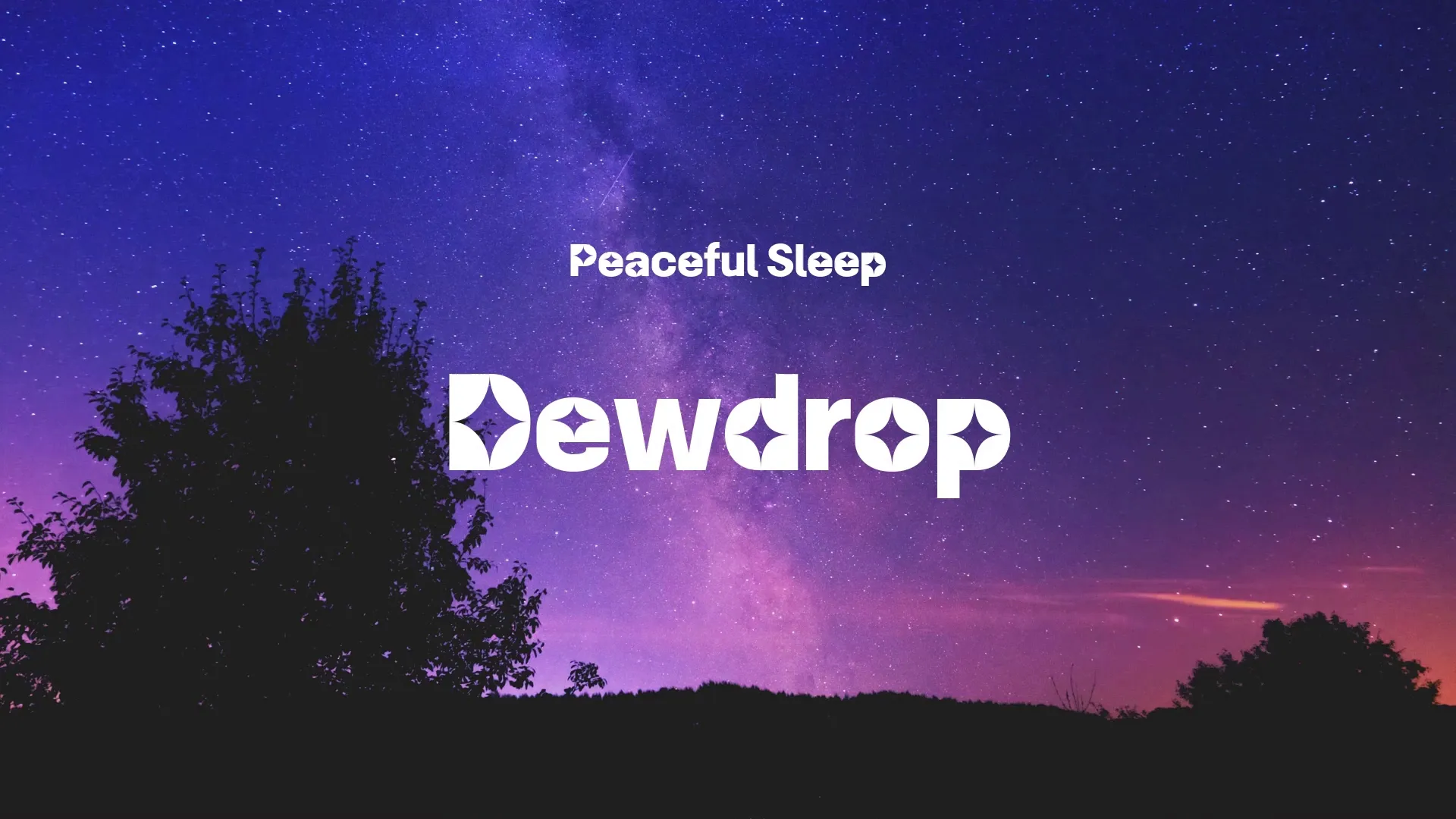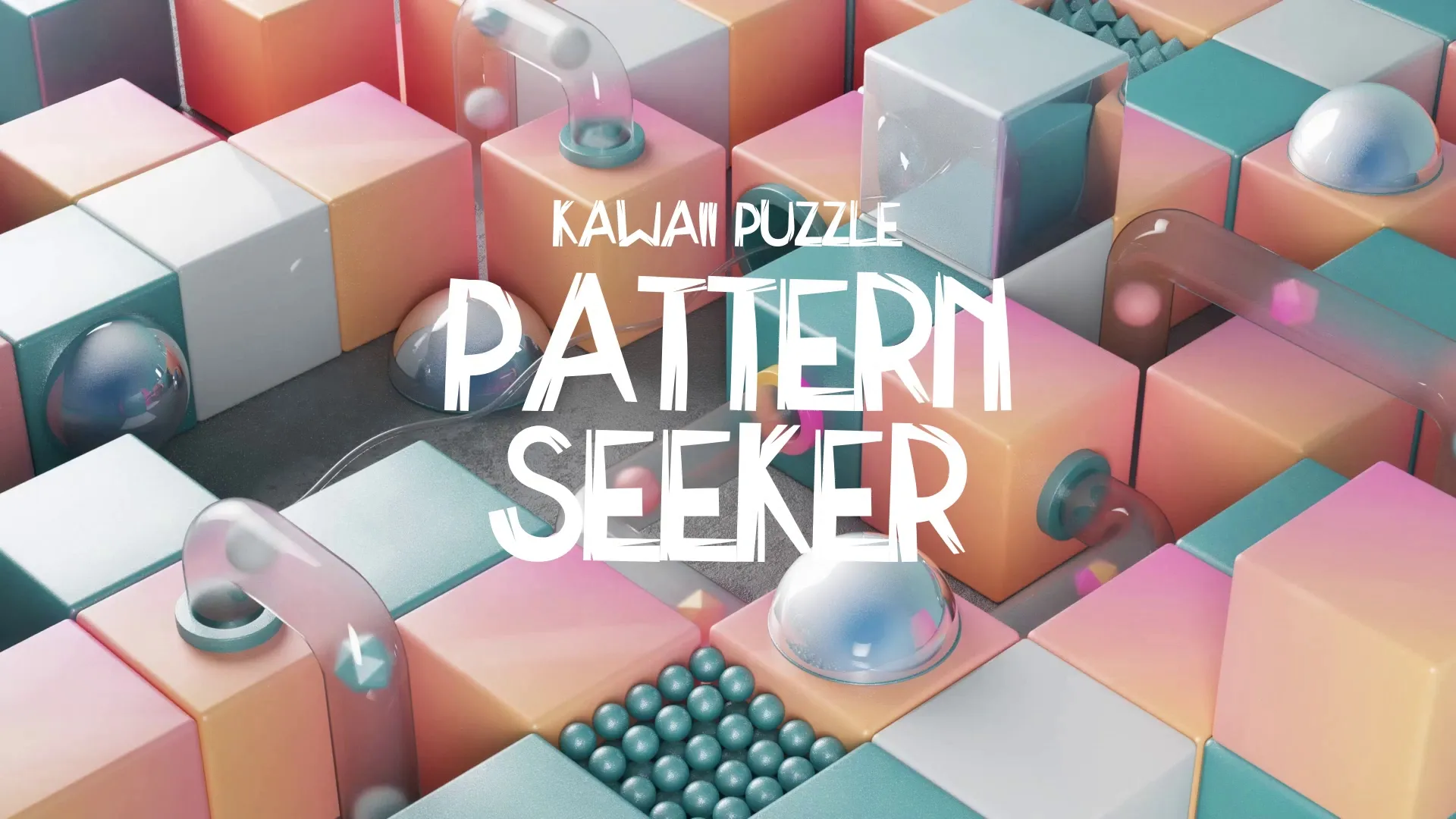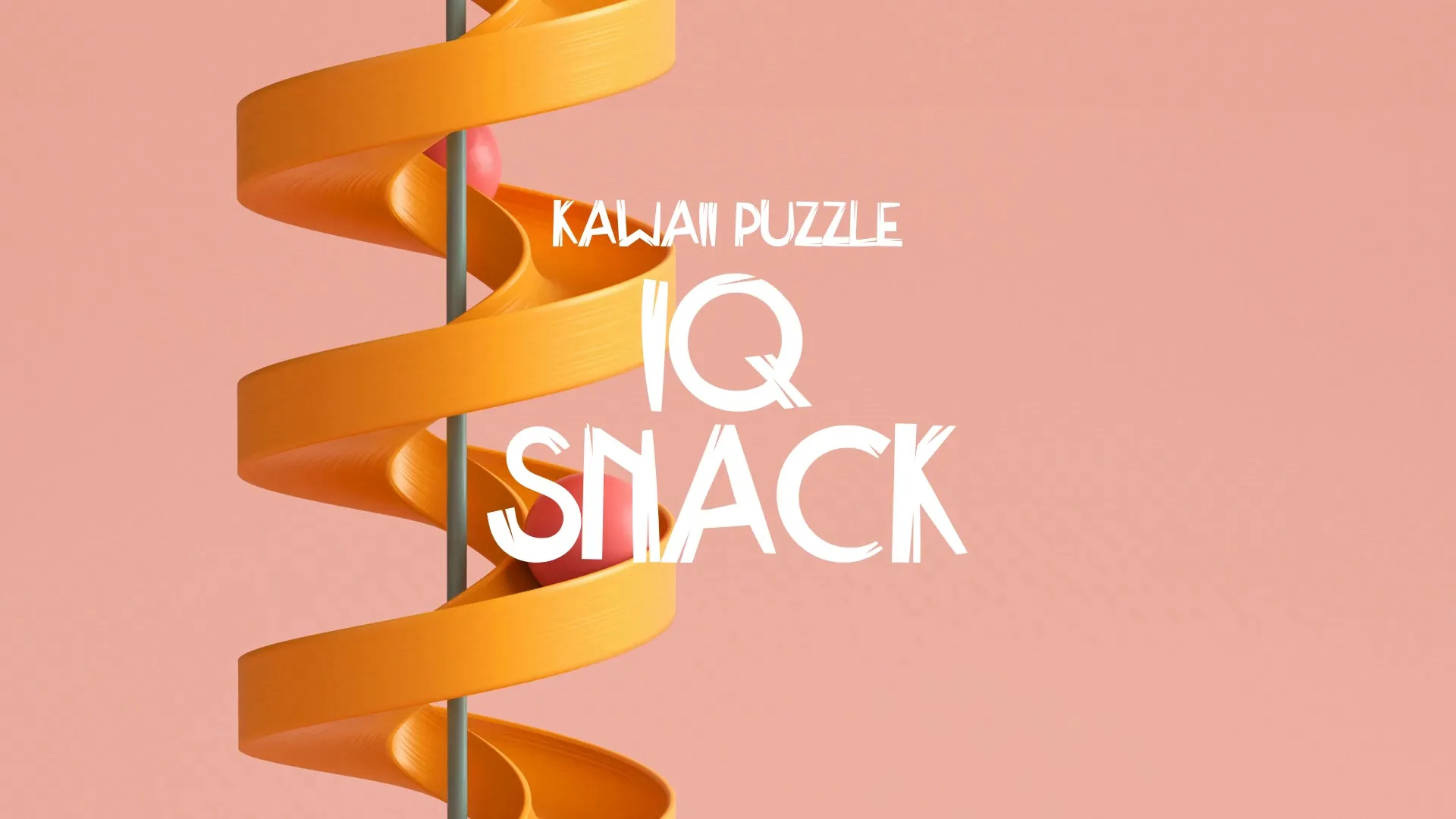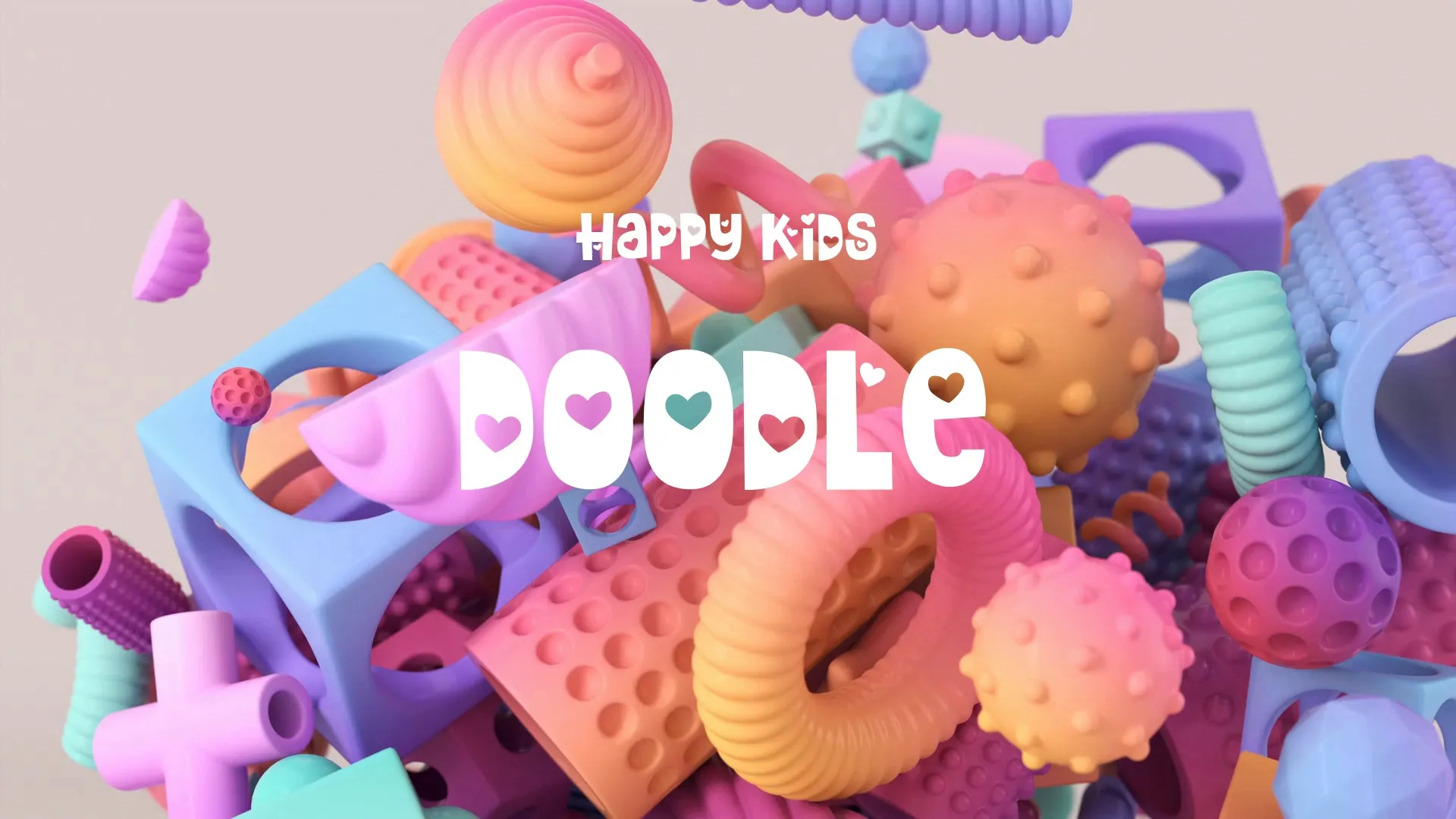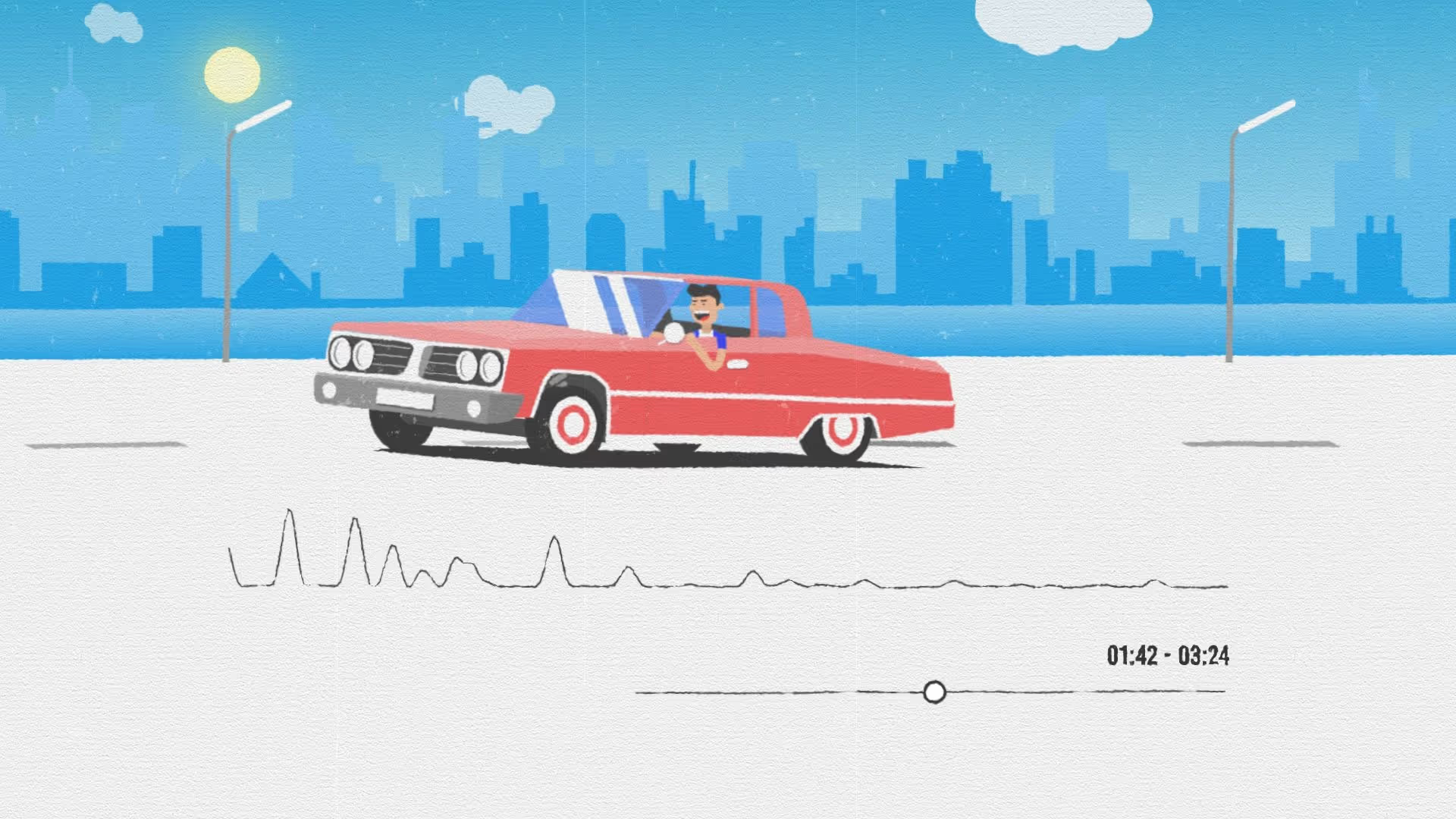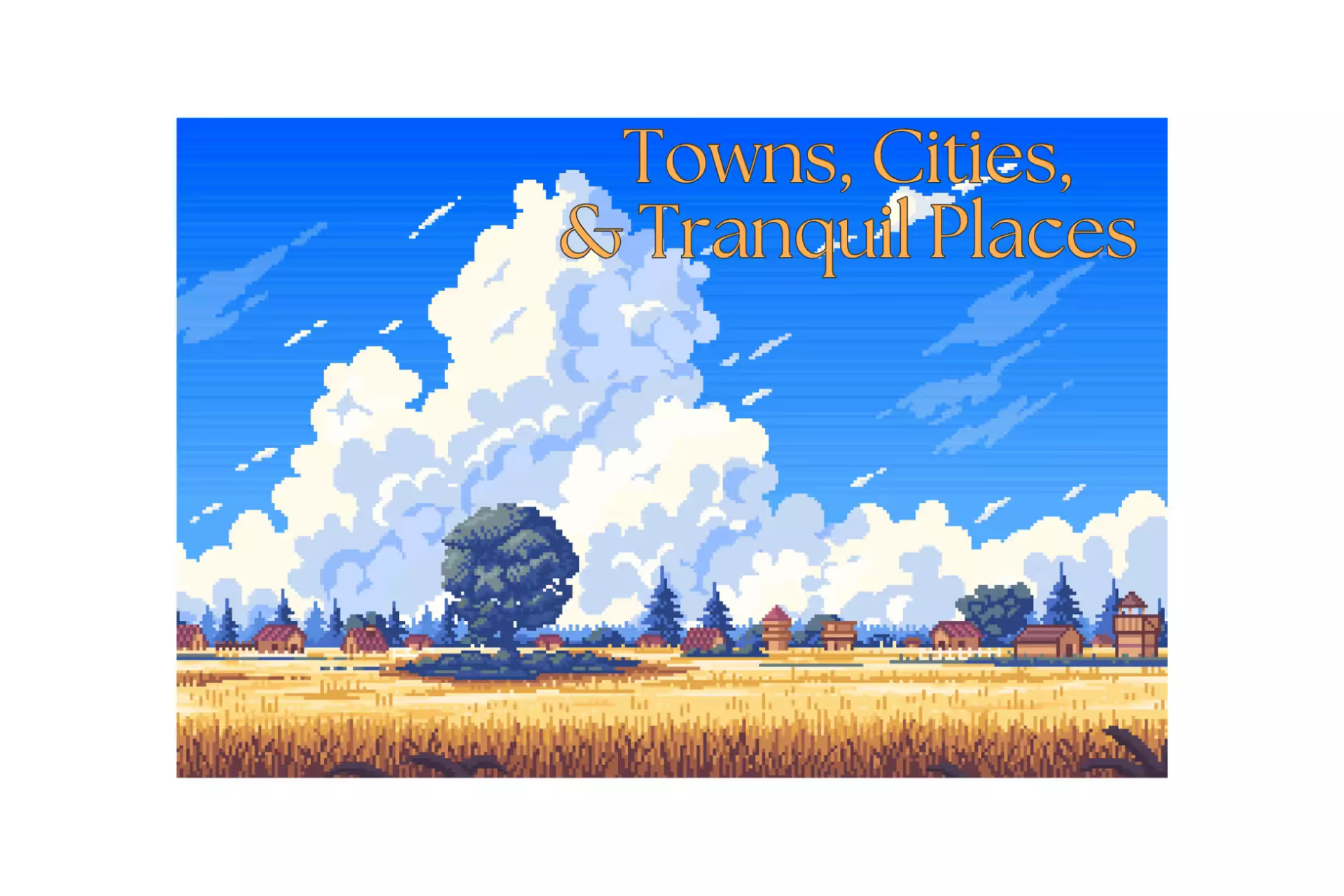Level Up: Designing Neurodiverse-Friendly Games
Are we, as game developers, truly building worlds for everyone? It’s time to level up our understanding of inclusivity. Let’s move beyond the basic accessibility checkboxes and dive deep into neurodiversity. We can design games that are not just accessible, but genuinely engaging and enjoyable for individuals with autism, ADHD, dyslexia, and other neurological differences.
The Spectrum of Play: Understanding Neurodiversity
Neurodiversity celebrates the natural variations in human brain function. It’s about recognizing different ways of thinking and experiencing the world. Standard game design often inadvertently caters to a neurotypical audience. This can exclude a significant portion of potential players.
Designing for Autistic Players: Clarity and Consistency
Autistic individuals often thrive on predictability and clear communication. Sensory sensitivities can also play a significant role. Overwhelming visual effects and rapidly changing stimuli can be incredibly distressing.
Opt for minimalist interfaces and consistent visual cues. Provide options to customize sensory input, such as reducing particle effects or adjusting color palettes. Clear, concise instructions are crucial, avoiding ambiguous language and jargon. Implement predictable patterns and routines within the gameplay loop to foster a sense of control and comfort.
Taming the Chaos: Addressing ADHD in Game Design
Players with ADHD often grapple with sustained attention and impulse control. Games that demand long periods of uninterrupted focus can quickly become frustrating. We can break down gameplay into shorter, more manageable chunks.
Incorporate frequent rewards and positive reinforcement to maintain engagement. Avoid overly complex narratives or systems that require extensive reading. Use clear visual cues and objective markers to guide players effectively. Consider offering options for faster gameplay or adjustable pacing.
Decoding the Game: Supporting Players with Dyslexia
Dyslexia affects reading fluency and comprehension. Text-heavy games can present a major obstacle for these players. We must prioritize readability and accessibility.
Utilize dyslexia-friendly fonts like OpenDyslexic. Offer adjustable text sizes and spacing options. Incorporate audio cues and voiceovers to supplement written information. Minimize the amount of text on screen at any given time and explore alternative methods of conveying information, such as visual diagrams or interactive tutorials.
Customization is Key: Empowering Players
One size rarely fits all when it comes to neurodiversity. Empower players to tailor their gaming experience to their specific needs and preferences. This includes options for adjusting difficulty, remapping controls, and modifying sensory input. Let them create an environment that works best for them.
Beyond Checklists: A Paradigm Shift
Accessibility features like subtitles and colorblind modes are essential, but they are just the first step. True inclusivity demands a fundamental shift in our design thinking. We must actively consider the needs of neurodiverse players throughout the entire development process, from initial concept to final polish. This is not a feature; it’s a philosophy.
The Future is Inclusive: Games for Everyone
Designing for neurodiversity isn’t just about being ethical; it’s about creating better games for everyone. By embracing inclusive design principles, we can unlock new levels of creativity and innovation. Let’s champion a future where games are truly accessible, engaging, and enjoyable for all, regardless of their neurological makeup. This is not just a trend; it’s the future of gaming.
